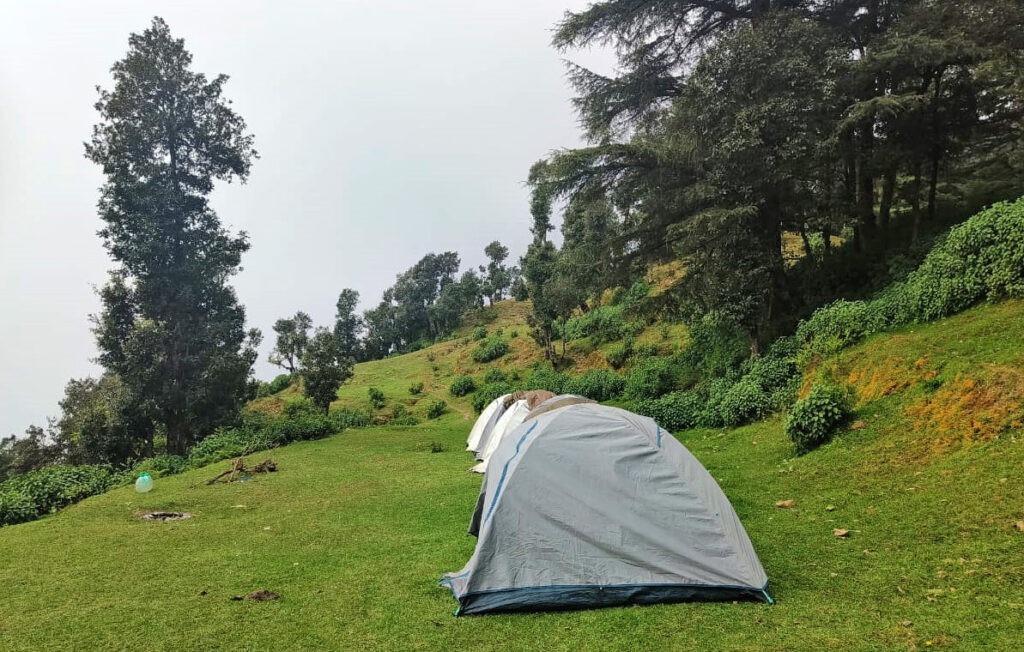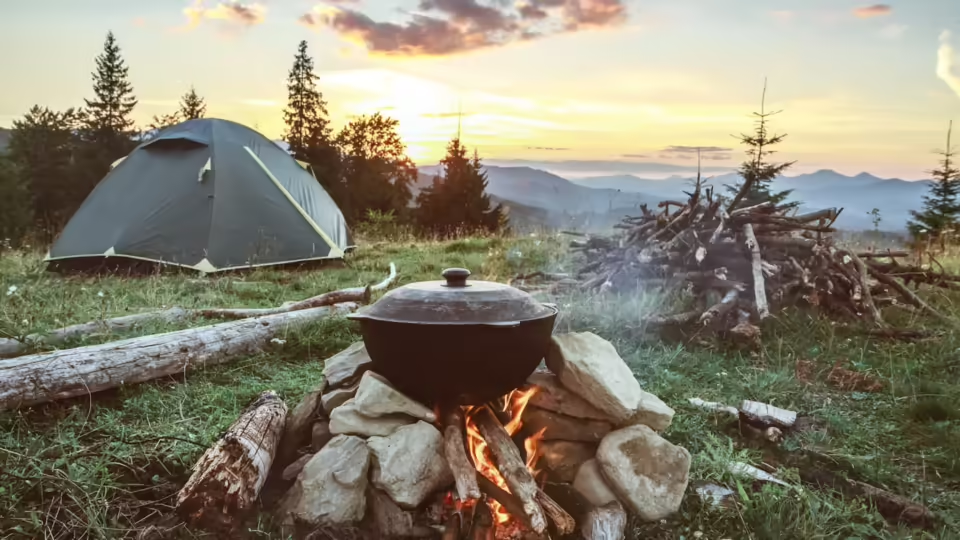Wildlife camping is a thrilling way to immerse yourself in nature, offering the perfect blend of adventure and tranquility. As you disconnect from the hustle and bustle of everyday life, the sights and sounds of the wilderness rejuvenate the spirit. However, planning a successful wildlife camping trip requires a well-thought-out itinerary to ensure you make the most of your experience. This guide presents a detailed wildlife camping itinerary that highlights the best locations for sightings, helping you create unforgettable memories under the stars.
Choosing the Right Locations
When embarking on a wildlife camping adventure, selecting the right location is crucial. Consider factors such as accessibility, types of wildlife in the area, seasonal weather patterns, and available amenities. Popular wildlife camping destinations like national parks and wildlife reserves offer a rich variety of experiences, from the majestic landscapes of Yellowstone to the lush habitats of the Everglades. Researching the best locations will help you plan your itinerary effectively, ensuring you maximize your wildlife sightings.
Wildlife Camping Itinerary

Suggested 3-Day Itinerary
Day 1: Arrival and Setup
- Morning: Arrive at your chosen camping destination. Set up your tent or camper and familiarize yourself with the campsite.
- Afternoon: Take a short hike to explore the surroundings, paying attention to the unique flora and fauna. Many parks have marked trails that lead to beautiful vistas and wildlife habitats.
- Evening: Prepare a campfire dinner and enjoy the serenity of nature. Use this time to unwind and listen for the sounds of wildlife. Keep an eye out for evening creatures, such as owls or deer, which are often more active at dusk.
Day 2: Morning Hikes and Guided Tours
- Morning: Start your day early with a guided wildlife tour. Many parks offer ranger-led programs that provide insight into local wildlife and ecosystems. This is a fantastic opportunity to learn and possibly spot elusive animals.
- Afternoon: After the tour, enjoy a leisurely hike on a nearby trail. Pack a picnic lunch to enjoy in a scenic spot. Take your time and be on the lookout for birds, insects, and other wildlife.
- Evening: Organize a campfire evening with storytelling, stargazing, and perhaps sharing your wildlife sightings with fellow campers.
Day 3: Exploring Local Attractions and Wildlife Conservation Efforts
- Morning: Spend your final morning exploring nearby attractions, such as visitor centers or nature exhibits. These facilities often provide valuable information about wildlife conservation efforts in the area.
- Afternoon: Before heading home, consider taking a short hike to revisit favorite spots or scout new trails. Capture your experiences through photographs, ensuring you have lasting memories.
- Evening: Pack up your campsite and reflect on the highlights of your trip during the drive home.
Best Locations for Sightings
When it comes to wildlife sightings, certain locations stand out for their abundance of diverse species. Here are some of the top places you should consider:
1. Yellowstone National Park, Wyoming
Home to diverse ecosystems, Yellowstone offers chances to see bison, elk, wolves, and grizzly bears. The park has various trails and viewpoints that enhance your wildlife spotting opportunities.
2. Everglades National Park, Florida
The unique wetlands of the Everglades are a haven for a variety of species, including alligators, manatees, and countless bird species. Kayaking through the mangroves provides a unique perspective on this rich habitat.
3. Denali National Park, Alaska
Denali is famous for its stunning views of North America’s highest peak and the chance to see caribou, moose, and Dall sheep. Consider taking a bus tour for the best chance to spot wildlife throughout the park.
4. Jasper National Park, Canada
Jasper is renowned for its vast wilderness, offering sightings of bears, wolves, and mountain goats. The park is also known for its dark skies, making it an excellent spot for stargazing after a day of exploration.
Tips for Maximizing Wildlife Observation
- Be Patient: Wildlife can be unpredictable. Spending time quietly in one spot can yield unexpected sightings.
- Use Binoculars: A good pair of binoculars can enhance your wildlife viewing experience, allowing you to observe animals from a safe distance.
- Respect Wildlife: Always maintain a safe distance and follow park guidelines regarding wildlife interaction to ensure both your safety and the well-being of the animals.
Essential Gear and Preparation
To ensure a successful wildlife camping trip, packing the right gear is essential. Here’s a list of items to consider:
- Tent or Camper: Ensure you have a durable and weather-resistant shelter.
- Sleeping Gear: Comfortable sleeping bags and sleeping pads for a good night’s rest.
- Cooking Supplies: Portable stove, cooking utensils, and enough food for your trip.
- Clothing: Dress in layers and bring weather-appropriate attire, including rain gear.
- First Aid Kit: Always have a well-stocked first aid kit on hand for emergencies.
- Safety Items: Bear spray, flashlights, and a compass or GPS device.
Safety Tips and Guidelines for Interacting with Wildlife
- Keep Food Secure: Store food properly to avoid attracting wildlife to your campsite.
- Make Noise: When hiking, make noise to avoid surprising wildlife, especially in bear country.
- Know Local Regulations: Familiarize yourself with park regulations regarding wildlife encounters and camping.
Conclusion
A wildlife camping adventure can provide a rejuvenating escape into the great outdoors, filled with breathtaking landscapes and unique wildlife encounters. With a well-planned itinerary, you can explore the best spots for sightings and create unforgettable memories. Remember to respect nature and prioritize safety while enjoying all the beauty that wildlife camping has to offer. So pack your gear, choose your destination, and get ready for an unforgettable outdoor adventure!
For more tips and resources on camping, visit CampingMinds.

